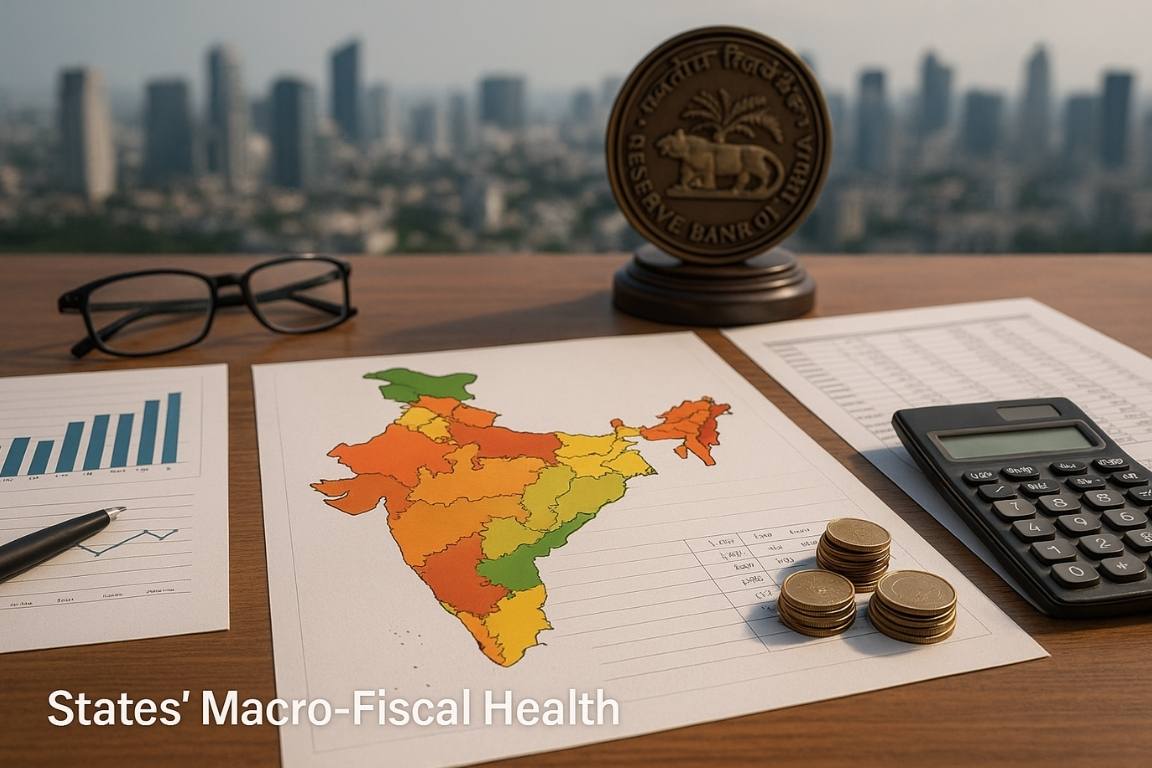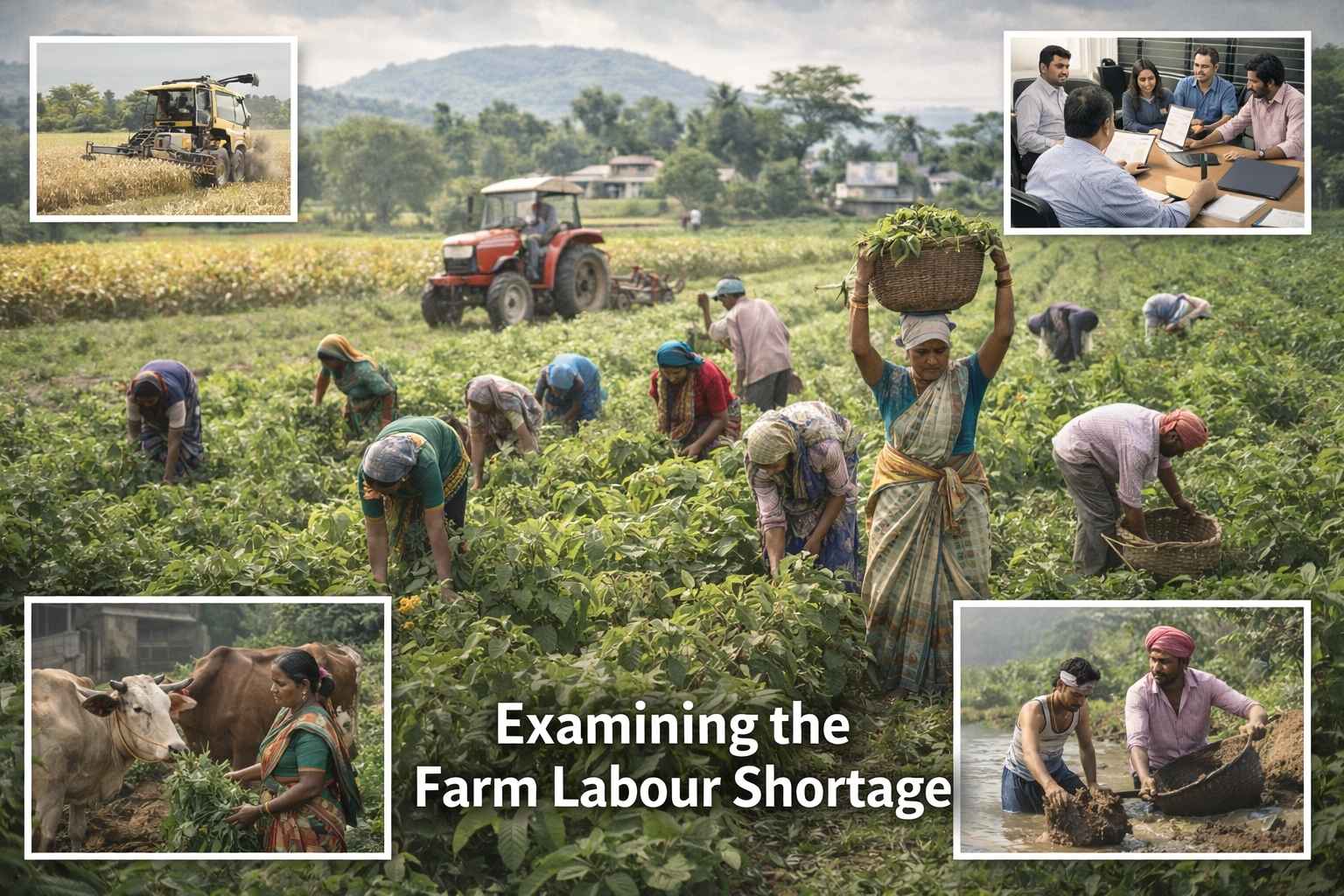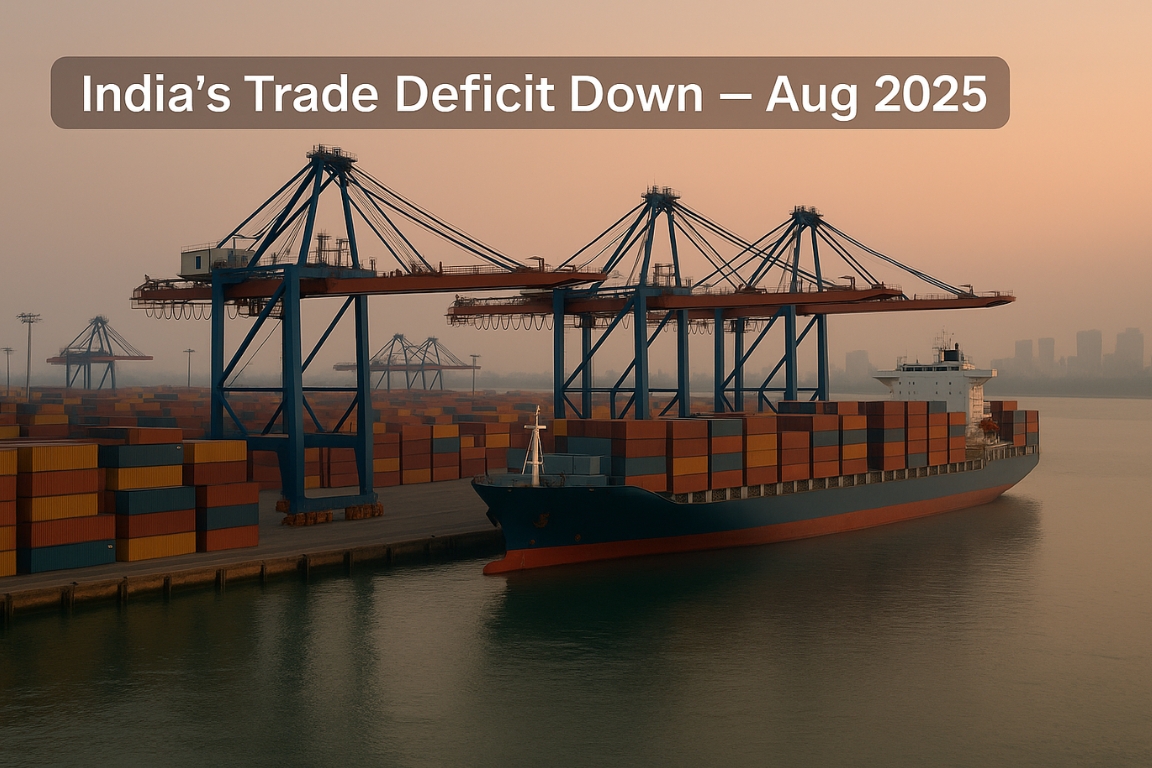The CAG’s decadal report on State finances shows rising debt and uneven fiscal strength across Indian States.
Background
- Indian States handle major spending responsibilities in health, education, and welfare, often exceeding Union government expenditure in these sectors.
- Fiscal stability at the State level is key for inclusive growth, development, and financial federalism.

Uneven Revenue Capacity
- States differ widely in internal revenue generation:
- Maharashtra generated 70% of receipts internally (2022–23).
- Arunachal Pradesh only 9%, and Uttar Pradesh just 42% (rest through Union transfers).
- This reflects vertical fiscal imbalance — richer States self-reliant; poorer States dependent on the Centre.
Volatile Income Sources
- Some States rely on uncertain revenues:
- Kerala from lotteries (₹12,000 crore).
- Odisha from mining royalties (90% of non-tax income).
- Telangana from land sales (₹9,800 crore).
- Such sources are temporary and unsustainable.
Borrowing and Debt Trends
- Pandemic years saw sharp rise in borrowings due to revenue loss and higher spending.
- Andhra Pradesh tripled borrowings to ₹1.86 lakh crore; Bihar doubled; Rajasthan quadrupled.
- High debt burdens:
- Punjab (~45% of GSDP),
- Kerala (~37%),
- Bihar (~39%),
- Manipur–Nagaland–Mizoram (40–60%).
- Low-debt performers: Odisha (15%), Gujarat (20%), Maharashtra (20%).
The Welfare Paradox
- Some surpluses are misleading — achieved through central transfers, off-budget loans, or deferred liabilities.
- Many States underspend on welfare despite surpluses.
- Heavy borrowing for populist schemes (free power, waivers) increases fiscal stress.
- Welfare expansion coexists with weak revenue base, leading to a fiscal illusion of prosperity.
Key Concerns
- Fiscal imbalance and rising debt threaten long-term sustainability.
- Overdependence on Centre and volatile income reduces autonomy.
- Welfare populism vs. fiscal prudence dilemma persists.
MACRO AND MICRO FISCAL INDICATORS
Macro Fiscal Indicators (State or National Level)
- Revenue Receipts: Total income collected by the government through taxes (GST, income tax) and non-tax sources (fees, dividends).
- Expenditure: Total government spending on development, subsidies, welfare, and administration.
- Fiscal Deficit: The gap between total expenditure and total revenue (excluding borrowings).
- Debt-to-GDP Ratio: Measures government borrowings relative to the size of the economy.
- Revenue Surplus/Deficit: Difference between revenue receipts and revenue expenditure.
- State Dependency Ratio: How much a state depends on central transfers vs. own revenue.
Micro Fiscal Indicators (Specific Programs, Departments, or Local Level)
- Per Capita Expenditure: Government spending per person in a state or district.
- Sectoral Spending: Budget allocation to sectors like health, education, agriculture.
- Utilization of Funds: How efficiently allocated funds are spent on intended projects.
- Local Debt Levels: Borrowings by municipal bodies or local governments.
- Return on Investment (ROI) of Projects: Benefits gained compared to cost in local schemes.
Measures by Government of India to Stabilize Macro Fiscal Indicators
- Prudent Fiscal Management: Maintain fiscal deficit within the targets set under the Fiscal Responsibility and Budget Management (FRBM) Act.
- Revenue Enhancement: Expand tax base through GST, direct tax reforms, and Mobilizing non-tax revenues like dividends from public sector enterprises.
- Debt Management & Borrowing Strategy: Diversify sources of borrowing (central loans, market instruments) to avoid excessive reliance on a single source.
Conclusion
India’s States face a fiscal tightrope — balancing development spending with limited revenue capacity. True fiscal health requires strong internal revenue, rational expenditure, and transparent borrowing, ensuring that welfare gains are backed by sustainable finances.





